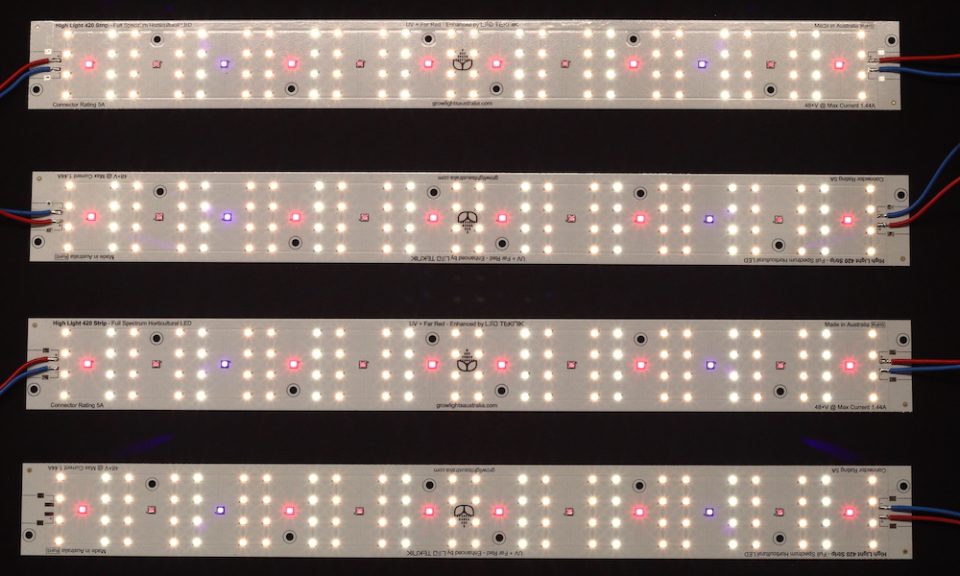Lighting has undergone a quiet revolution. Over the past decade, traditional bulbs have steadily given way to more efficient, versatile LED technology. From sleek home interiors to complex industrial setups, the way we illuminate our spaces has fundamentally changed. At the heart of this transformation are two components that often go unnoticed but play a crucial role: LED strip lights and LED modules.
This article explores how these components are integrated into modern lighting systems and the role reliable suppliers and manufacturers play in this evolving industry.
Understanding LED Strip Lights
LED strip lights are known for their flexibility, compact form, and energy efficiency. They’ve become a go-to choice in modern lighting design, especially where subtle, continuous lighting is needed under cabinets, behind signage, or in architectural highlights.
Their slim structure and customizable length make them ideal for a wide range of applications, from residential lighting to retail displays. The use of adhesive backing and flexible PCBs allows for quick installations, even on curved or uneven surfaces.
But while these features make strip lights attractive to designers and technicians alike, not all LED strips are built to the same standard. Quality varies greatly depending on the materials used and the precision of the manufacturing process.
Inside the Work of a led strip lights manufacturer
To truly understand the quality behind a strip light, it’s worth looking at the people who make them. A reliable led strip lights manufacturer brings together engineering expertise, thermal management, and electrical efficiency in a single product.
Manufacturers like Deking LED develop strip lights tailored to different environments, some designed for high humidity, others for exterior signage, or detailed accent lighting. What sets a manufacturer apart isn’t just the range of products offered, but also their ability to ensure consistency in brightness, color temperature, and longevity over time.
Choosing a capable manufacturer also means better after-sale support, improved product durability, and less hassle during installation, all essential when working on large-scale lighting projects.
The Versatility of LED Modules in System Design
If strip lights are the flexible surface solution, LED modules are the focused, compact light engines behind targeted lighting applications. They’re widely used in channel letters, lightboxes, and display cases essentially, any place where directional lighting or spotlighting is needed.
What makes LED modules so versatile is their small size combined with high brightness output. They can be arranged tightly in confined spaces or spread out across large signs. Some are designed with lenses to enhance beam angles, while others prioritize energy efficiency or color consistency.
These modules often work alongside strip lights, supporting the broader lighting layout by adding punch where needed, think of a shopfront where the strips create ambient light, and the modules highlight the product displays.
Choosing the Right led module suppliers
When it comes to sourcing modules, not all suppliers offer the same level of technical support, compliance, or product reliability. Selecting the right led module suppliers involves more than just comparing prices; it’s about evaluating production quality, delivery timelines, and adherence to safety certifications.
A well-established supplier ensures that modules meet standards like CE, RoHS, or UL, which are crucial for installations in commercial and public environments. For example, Deking LED’s module lineup includes a wide variety of options suited for different lighting needs, offering configurations that balance brightness with efficiency and design compatibility.
Experienced suppliers also contribute to long-term project success by maintaining consistent product lines, so replacements or extensions can match the original setup without issues.
Integration Trends and Design Considerations
Designers today are thinking beyond isolated lighting components. There’s a growing trend toward seamless integration where strip lights and modules work together in coordinated systems, often tied to smart controls.
This means using dimmable strips in ambient zones while applying high-output modules to specific visual focal points. Controls can range from basic on-off switches to programmable dimmers and color controllers. These integrations not only enhance visual impact but also improve energy usage and system flexibility.
Additionally, installers now consider thermal management and power supply efficiency as central parts of design. Better planning during the design phase leads to longer-lasting installations and fewer maintenance issues down the road.
Looking Ahead
As lighting continues to evolve, so do the expectations placed on components and those who supply them. The future is moving toward even smaller, more efficient, and smarter LED solutions. Manufacturers and suppliers who adapt quickly by innovating with materials, improving efficiency, and supporting system integration will be instrumental in shaping the lighting landscape.
For architects, designers, and installers, staying informed about quality sources for strip lights and modules isn’t just helpful it’s necessary. These components form the foundation of modern lighting projects, and the partnerships you build with trusted providers can make all the difference in the long run.

